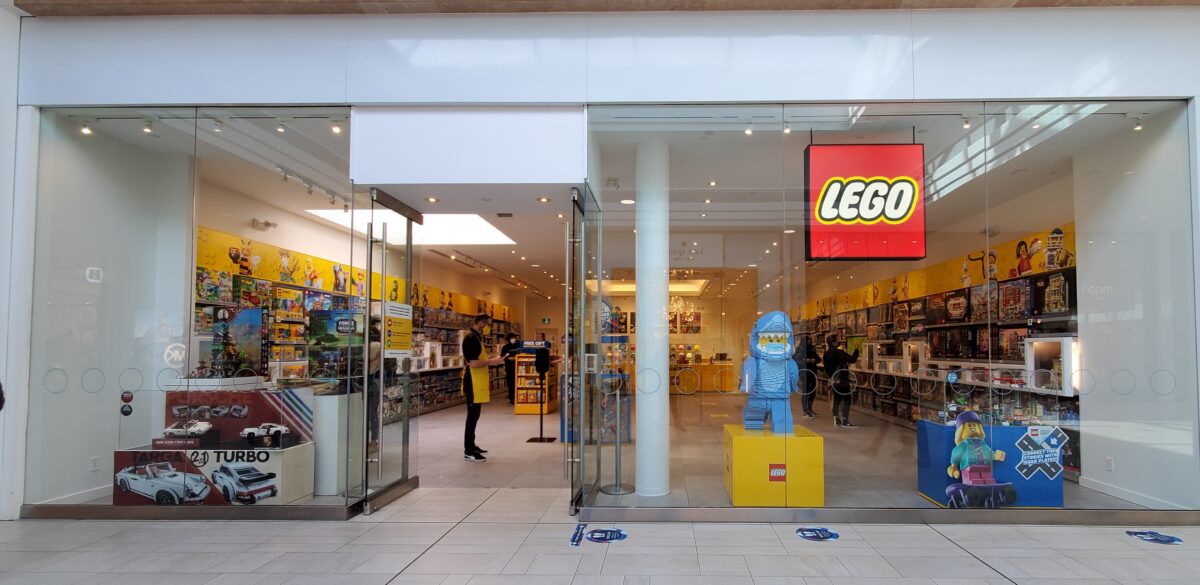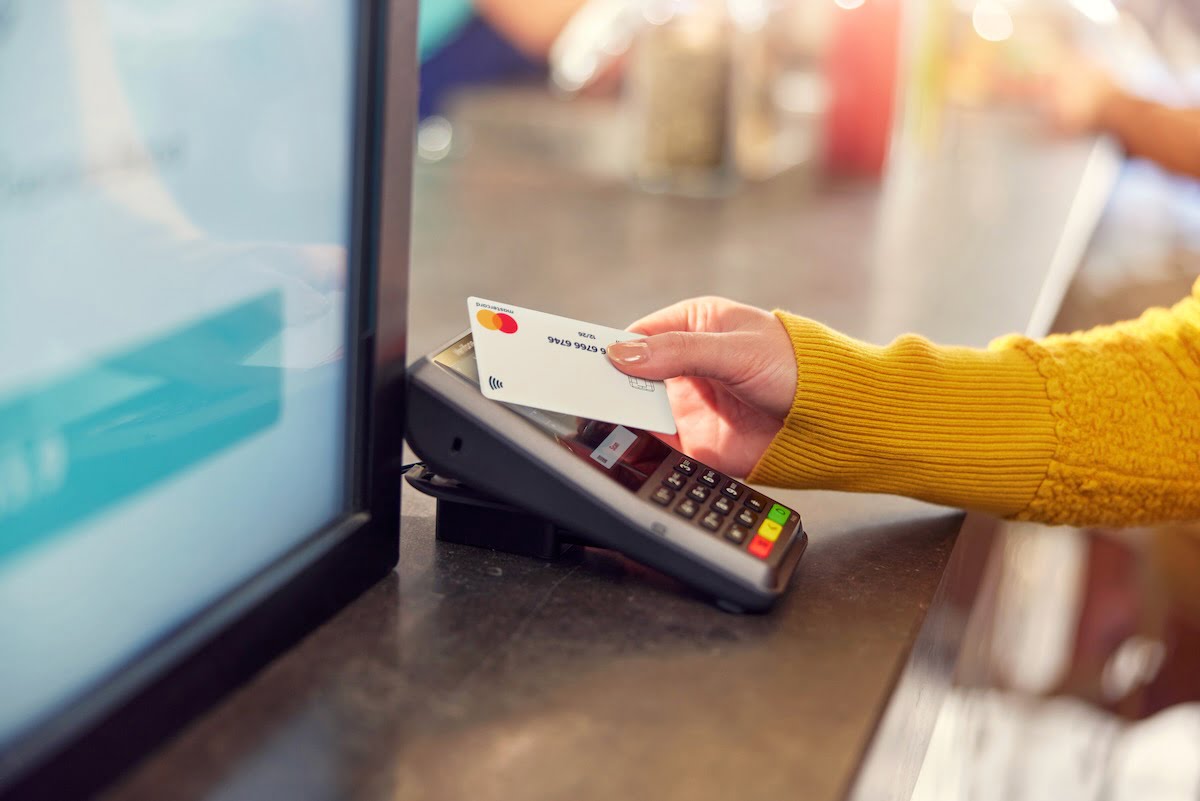Good Read: Retail Shifting Digitally While Majority of Consumers in Canada Prefer Physical Retail
According to a new report, digital transformation represents a trillion dollar opportunity for the retail industry and in the face of the global pandemic, Canadian businesses experienced a new age of digital adoption unlike ever before.
Moving forward, there are many opportunities for merchants to connect backend systems and provide a seamless customer experience, as well as build customer loyalty, according to a new report released by Adyen, a leading retail end-to-end, all in one payments solution for merchants across the globe.
Some key findings of the report include:
- 61 per cent of merchants expect to grow by 20 per cent or more in 2022, representing a $338 million opportunity;
- 61 per cent of consumers believe retailers used technology well to make their products available during the pandemic:
- 10 per cent increase in merchants’ average performance after adopting unified commerce;
- 67 per cent of Canadian customers prefer to shop in-store, compared to global average of 59 per cent;
- 50 per cent of Canadian customers said physical stores should focus on the experience beyond the product, since they can get the products easily online;
- 56 per cent of customers would be more likely to use a retailer’s loyalty program if it automatically linked with their payment card;
- 60 per cent of consumers would be more loyal to a retailer if they could return their online items in store; and
- 36 per cent of Canadian customers prefer retailers who use previous shopping behaviour to serve personalized suggestions and create a more tailored shopping experience


Sander Meijers, Country Manager of Canada, Adyen, said Canadians have always liked their store experiences.
“It’s not just about going in-store for customer service, returning goods, or getting in-person help with a product that they couldn’t get online. Today, physical stores should be exciting places to visit as well. Stores must offer something more than the products and services available online to keep consumers interested and coming in, if done correctly people will come.
“Also, it’s clear in the numbers that people missed being in store during COVID. They say absence makes the heart grow fonder, 41 per cent of consumers globally say they have a new appreciation for being able to touch, feel or physically try products before they buy.
“The experience of shopping in a physical post is changing. Now, the way stores are engaging with their customers is about connecting with the brand and not just buying a product. Think about Nike for example – some stores have basketball courts inside, with classes available for visitors, which allows shoppers to connect with Nike’s brand values. Lego brand stores are another great example and a personal favourite; forget walking out empty handed when you let your kids experience what’s possible with Lego in their store.”

Meijers said the physical shopping experience is not only about allowing shoppers to connect to brand values, it’s also about providing a well-rounded end-to-end experience.
“Everything in a physical store must look and feel fitting, whether it’s a sleek payment terminal when you pay in store, or by using devices to scroll through a shopping catalog. Technology provides the opportunity for brands to make physical shopping experiences more customer friendly, allowing shoppers to connect online and at physical stores to ensure a truly seamless experience,” he said.
“For example, if a customer is shopping for an item in store and their size is not available, the store has an opportunity to offer the item from another location, all through the power of shopping online. The shopping journey presents multiple point of sale opportunities for retailers, whether in store or online. This integrated experience is what we call unified commerce – connecting e-commerce, mobile commerce, and physical commerce into one, connected, and easy to navigate shopping experience. Research shows that those who were quick to join the digital movement and implement unified commerce see growth in sales, with the average merchant performance increasing by 10 per cent. Falling short could result in the opposite: 64 per cent of Canadian consumers will not shop with organizations that have a bad shopping experience, either online or in store.”

Meijers said it’s important to implement loyalty programs the right way – inputting personal data is a no-go for him and many other people.
“Loyalty programs are great, but they need to offer easy opt-in and opt-out options for shoppers. The data speaks for itself – Canadians would prefer programs that require little barriers to join or utilize. Automating the experience through shopper recognition is a great way to easily engage customers,” he said.
“Using technology to remove barriers to entry can also be beneficial from a payment’s perspective, allowing customers to avoid the hassle of adding in their credit card details time and time again. In fact, 56 per cent of customers would be more likely to use a retailer’s loyalty program if it automatically linked with their payment card. Additionally, 64 per cent of Canadian customers believe retailers need to use technology to make their loyalty programs easier and more effective.”
Meijers said each store has its own policy on returns, which can be frustrating to customers when they need to return their products.
“Customers are looking for the path with least friction. They want a seamless experience where there are no barriers depending on the channel. Research shows 61 per cent of consumers would be more loyal to a retailer that allows them to buy things online and return in store, an increase of 13 per cent compared to our 2020 Retail Report research,” he said.

“Centralized payments data can be the key in this process. By leveraging payments data, brands can minimize fraud by returning to the original payment method. The same centralized data can provide the often-needed view of a full history of online and in store payments, including partial and full refunds in one overview.”
Meijers said knowing your customers and tailoring experiences to them can have a huge impact.
“Adyen has worked with a luxury brand in Europe where the payment data showed that purchases in their physical stores were mainly from Chinese credit cards. The brand used the data and introduced a Chinese assistant at the store to make their clients feel more comfortable during their shopping experience,” he explained. “Tailoring and personalizing can and will have many forms, and only with real time data will businesses be able to build these experiences.
“We are excited to see experiences unveiled in the coming years. Today, 36 per cent of Canadian customers prefer retailers who offer them personalized suggestions, or a tailored shopping experience. Adyen provides that personalized experience to retailers through its payment platforms, allowing brands to accept all payments everywhere, rather than being confined to a payment’s terminal.”
